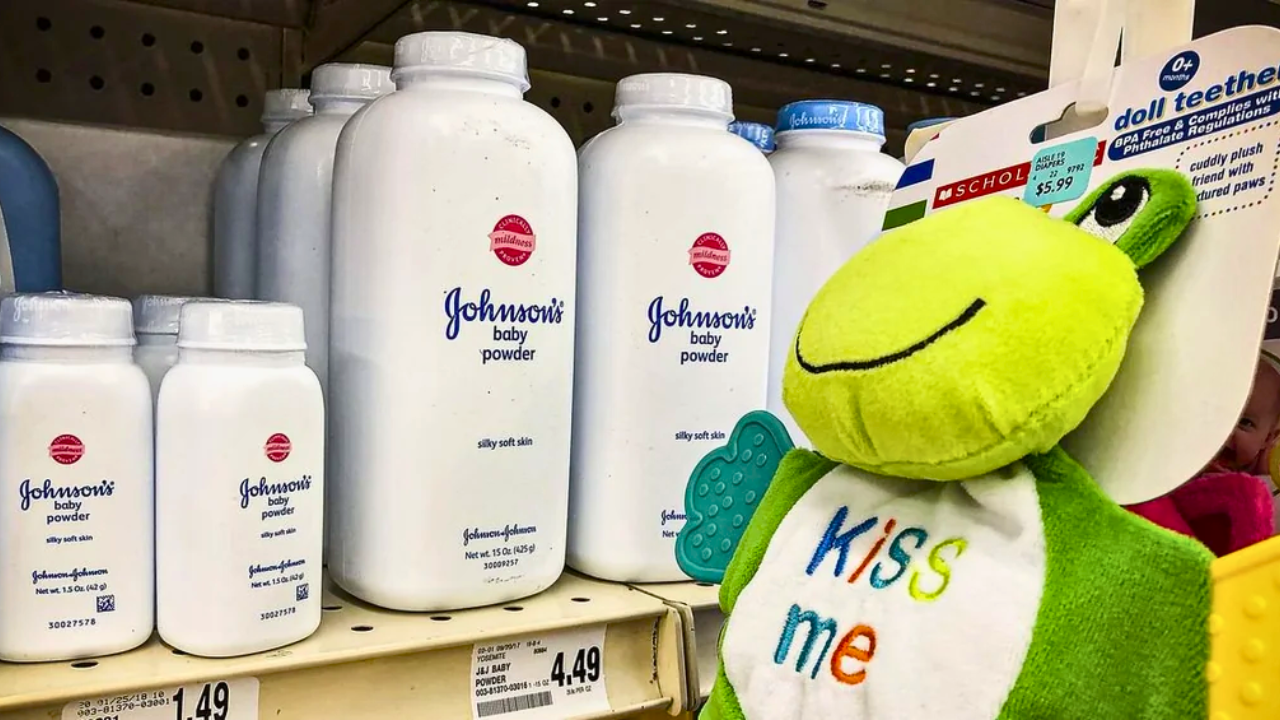
Johnson & Johnson has been told by a jury in Los Angeles to pay $966 million to the family of Mae Moore, who died from mesothelioma, a rare cancer linked to asbestos exposure.
It’s one of the biggest verdicts ever in lawsuits about baby powder and cancer. Moore’s family said that using the company’s talc-based powder for years led to her illness. The jury awarded $16 million to her family for their loss, but most shocking was the $950 million in punitive damages, money awarded to punish the company for its actions and to warn other companies to be more careful with consumer safety.
The Woman Behind the Lawsuit
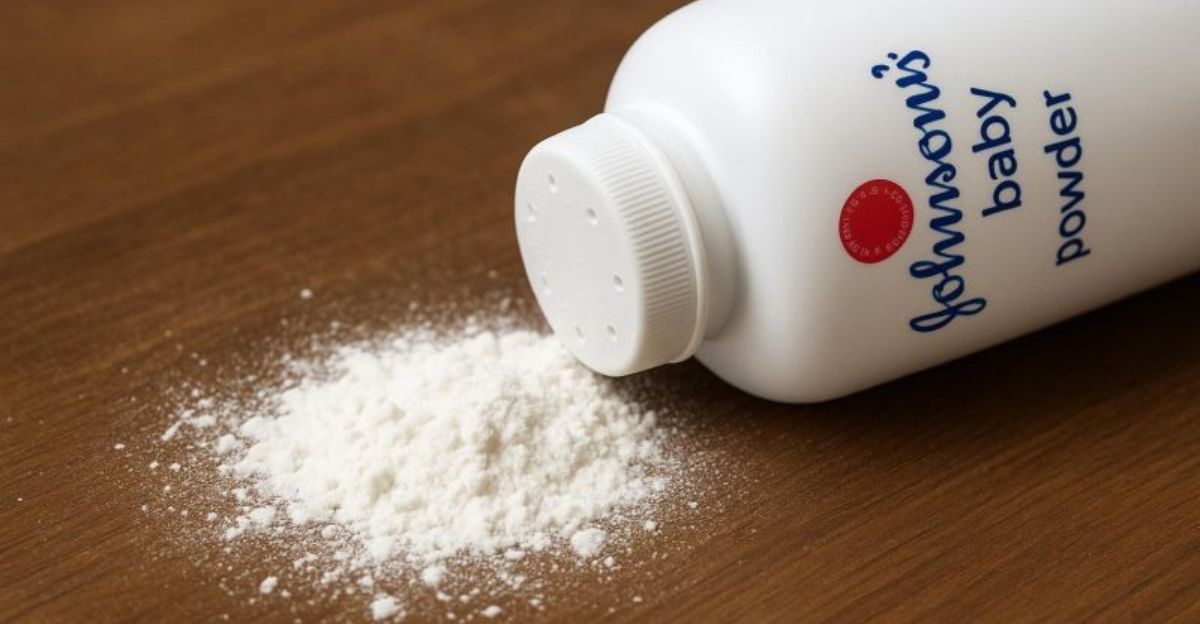
Mae Moore was an 88-year-old grandmother and mother of three from California. She led a full life as a pastor’s wife and was beloved by her family and community. Sadly, in December 2020, she was diagnosed with mesothelioma, a cancer most often caused by asbestos exposure.
Moore’s family argued that her illness came from decades of daily use of Johnson & Johnson’s baby powder, believing the talc was contaminated with asbestos. She passed away just a year after her diagnosis, leaving her family devastated. The lawsuit was filed soon after, seeking justice for her loss.
What is Talc, and Why is There a Cancer Scare?
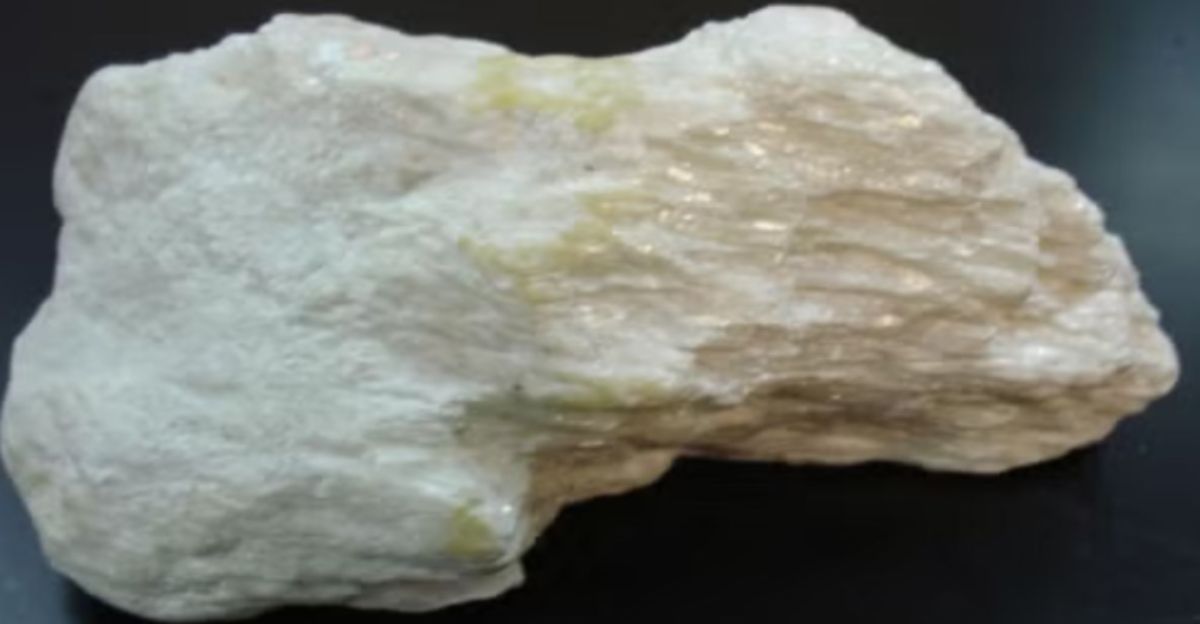
Talc is a soft mineral used in baby powders to keep skin dry. But talc is often found in nature alongside asbestos, a mineral known to cause deadly cancers like mesothelioma. Some scientists say that if talc isn’t carefully mined and purified, it could contain asbestos, which could end up in consumer products.
Not all talcum powder has asbestos, but contaminated batches can happen if companies aren’t careful. This ongoing fear has led to major lawsuits and prompted people to reassess the everyday products they have used for generations.
Breaking Down the Big Payout

Of the $966 million verdict, the jury gave Moore’s family $16 million as compensation for their loss and suffering, with most of the money, $950 million, meant as a punishment for the company’s actions. Such huge punitive damages are rare and show the jury felt Johnson & Johnson acted particularly recklessly.
Experts explain that courts don’t just want to fix what was lost, they want to stop companies from ever taking risky shortcuts again. However, Supreme Court guidelines suggest punitive damages are usually capped so they don’t exceed nine times the compensatory amount, meaning this record-breaking sum could be reduced on appeal.
Johnson & Johnson’s Response

Johnson & Johnson strongly disagrees with the jury’s decision. Their worldwide vice president for litigation, Erik Haas, called the ruling egregious and unconstitutional, alleging that the case was decided based on junk science.
The company says there is no credible medical evidence proving their talc powders ever caused cancer or contained asbestos. J&J insists its product is safe and points to studies it says support its view, arguing that most other courts have sided with it.
J&J Plans to Appeal the Ruling
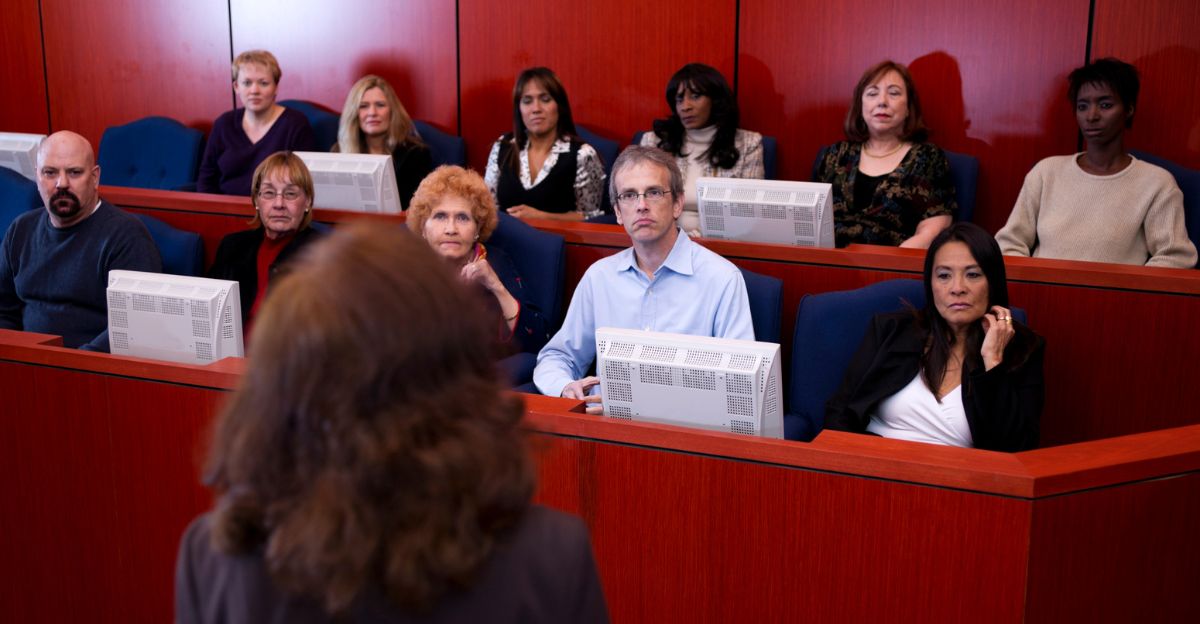
Immediately after the jury’s decision, Johnson & Johnson announced they would appeal. They argue the award is excessive and claim the decision was unfair. Legal observers say J&J likely has a strong chance at getting the punitive damages reduced, if not overturned completely, especially since courts often lower very large jury awards.
The company has made it clear it will keep fighting these claims and defending its baby powder’s reputation.
Will the $950 Million Punishment Stand?
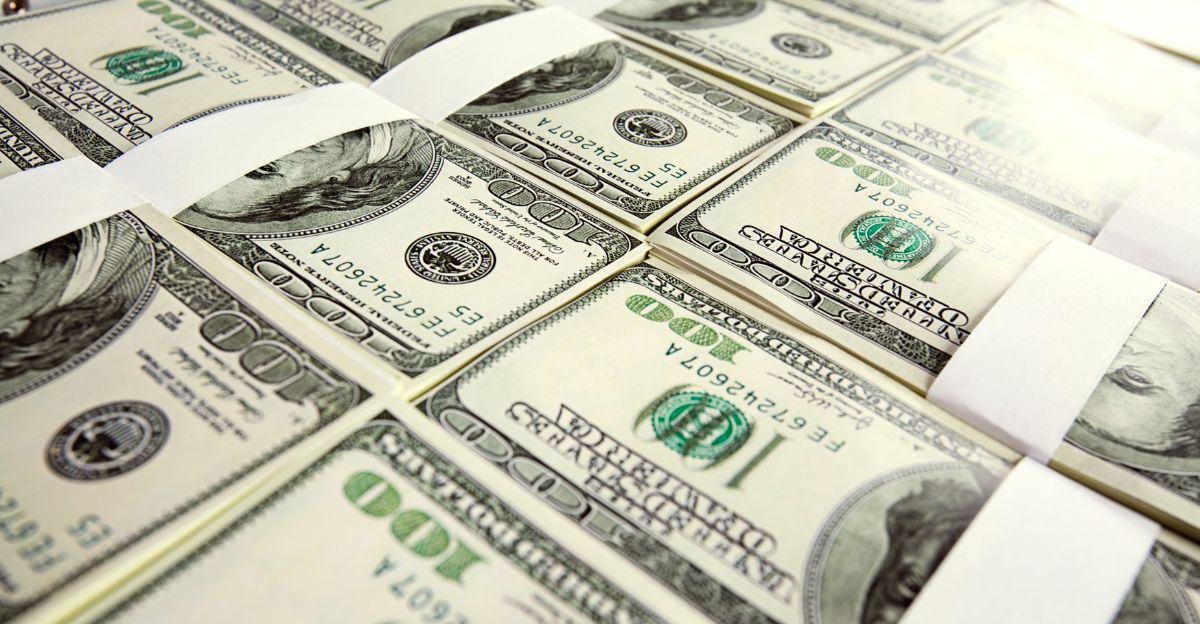
Experts think the $950 million in punitive damages awarded against Johnson & Johnson is likely to be reduced on appeal. The U.S. Supreme Court has previously stated that punitive damages should usually be less than ten times the amount of compensatory damages.
In this case, $16 million times nine would suggest a cap of about $144 million, far less than what the jury awarded. However, the high figure still sends a strong signal that jurors were upset by corporate conduct.
Scientists vs. Lawyers: Which Side is Right?

The courtroom became a battleground between lawyers and scientists. Johnson & Johnson insists decades of research prove their powder is safe. Victims’ attorneys argue otherwise, presenting expert testimony that even minor asbestos contamination could be harmful over years of use.
These debates aren’t just about law, they’re about whose scientific evidence is credible. For juries, these complicated arguments can be hard to judge, but the stakes for families and companies alike are enormous.
J&J Still Denies Asbestos Risk
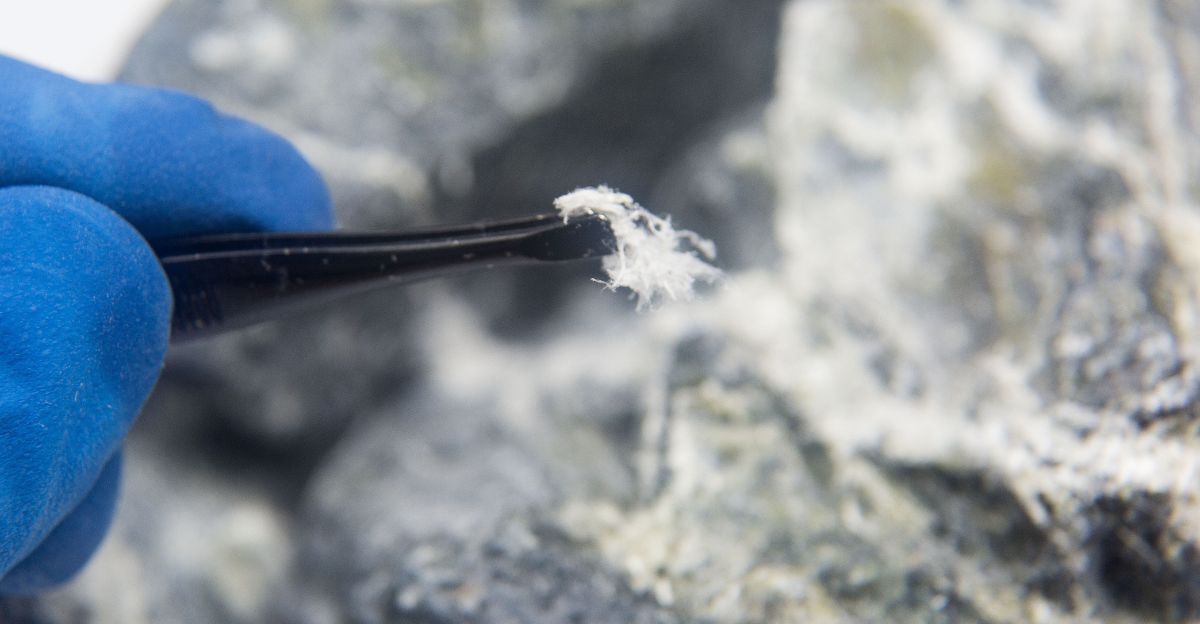
Despite the verdict, Johnson & Johnson continues to deny that their talc-based baby powder ever contained asbestos. The company has issued repeated statements reaffirming its commitment to safety and science, saying its products are extensively tested and meet all regulatory standards.
This ongoing denial is part of why so many cases end up in court, with both sides bringing scientific experts to defend their position. Until a clear scientific consensus emerges, the debate likely will continue.
Baby Powder Pulled from US Shelves
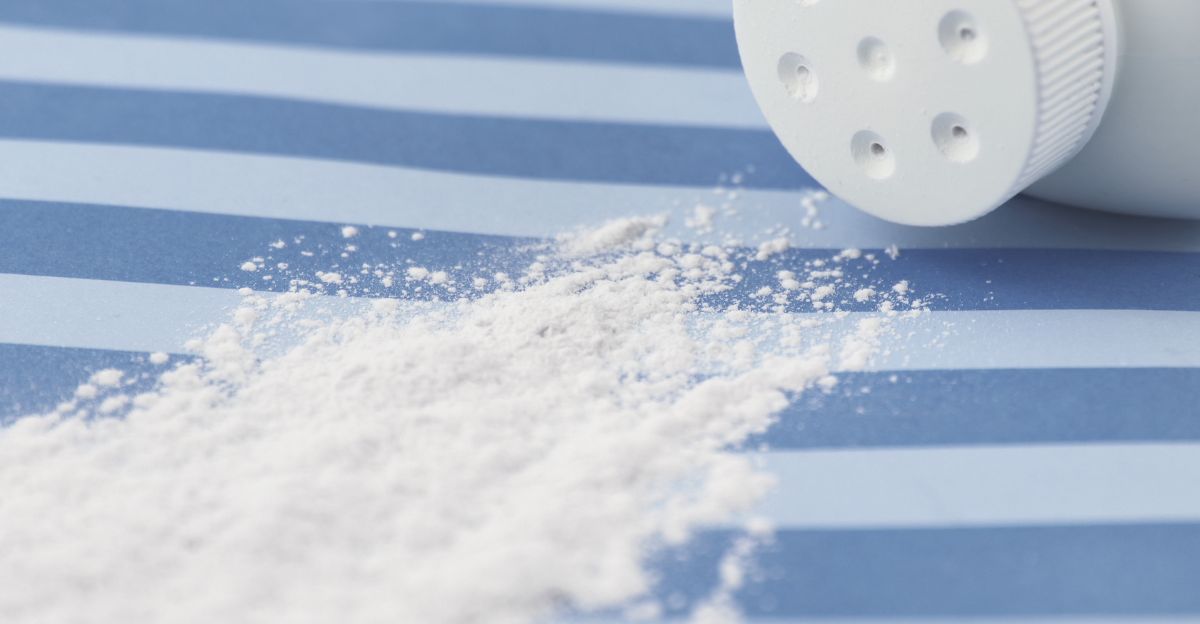
In 2020, Johnson & Johnson made a big decision to stop selling their talc-based baby powder in the United States and Canada. Instead, they switched to a cornstarch-based product they say offers the same benefits without any risk of asbestos contamination.
The company claims this move was due to declining sales and misinformed fears rather than safety concerns. Nonetheless, it marked the end of an era, as a product used by generations quietly disappeared from store shelves.
The Lawsuit Floodgates Open

After scandals about possible asbestos in talc exploded, J&J faced a tidal wave of lawsuits across the country. By October 2025, more than 67,000 people had made claims, alleging their cancer was caused by Johnson & Johnson talc products.
Most cases involve ovarian cancer or mesothelioma, but individuals range from young women to elderly adults. This class-action scale of litigation has made J&J’s baby powder one of the most controversial health products in history.
J&J’s Bankruptcy Bid Backfires
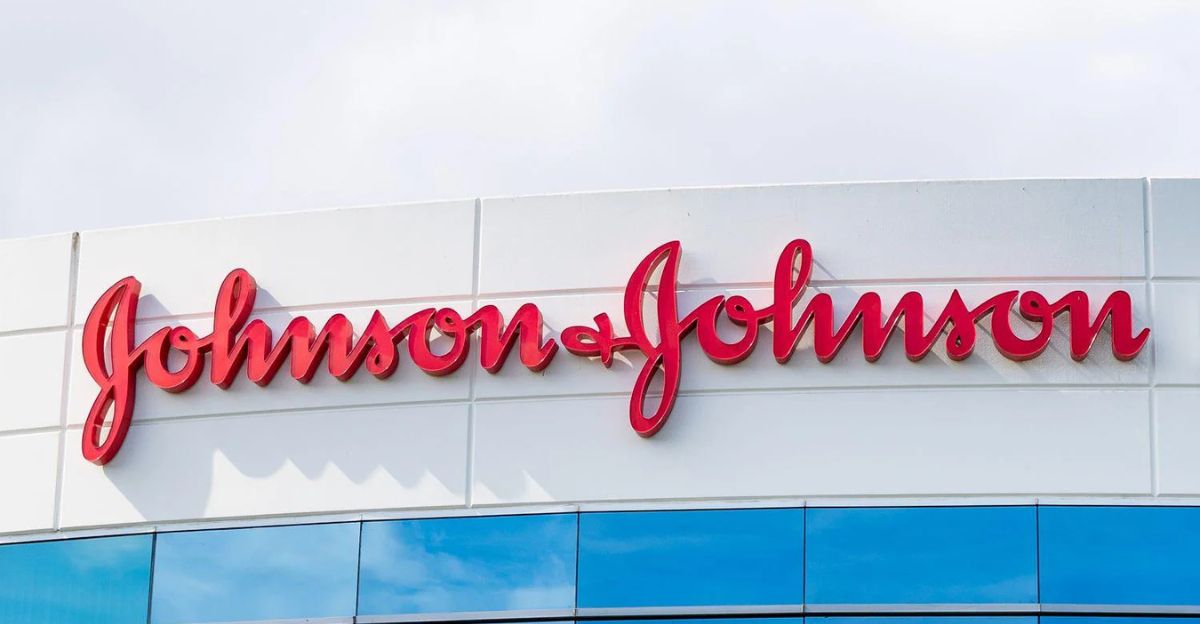
Recent legal maneuvers by Johnson & Johnson tried to limit payouts by using bankruptcy protections. The company offered a $9 billion plan to resolve all current and future talc lawsuits, claiming it would provide faster relief for families.
However, a federal judge dismissed this attempt, calling it unfair to the plaintiffs. Many saw the move as a way for J&J to escape full financial accountability. Now, lawsuits continue through the courts, without caps set by bankruptcy deals.
A Call for Responsibility
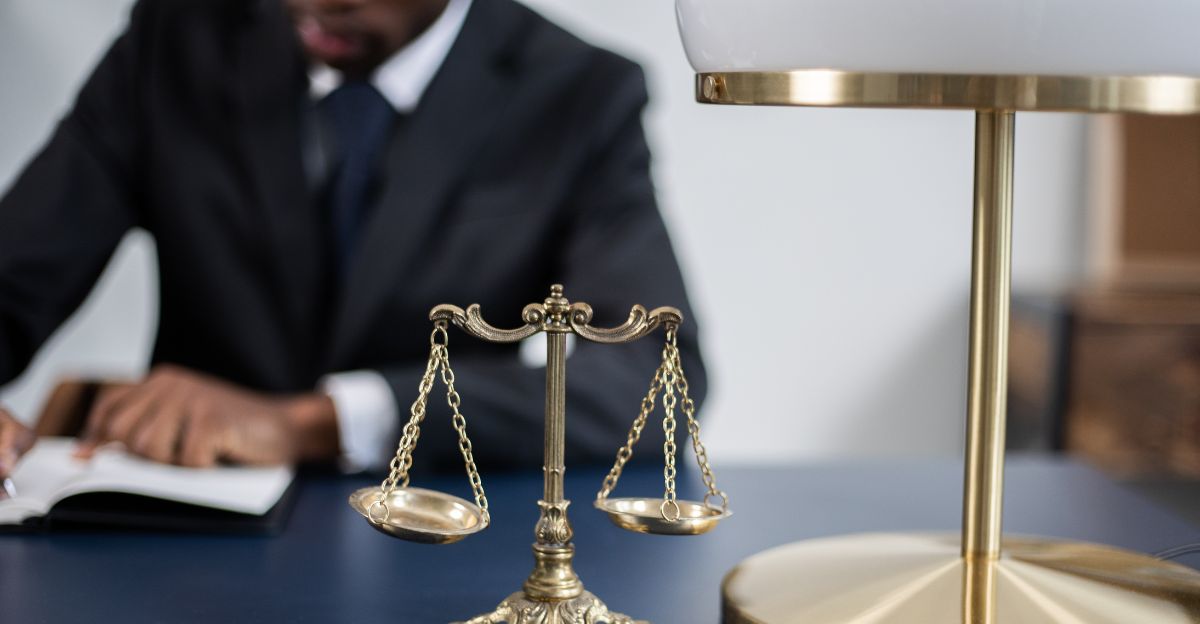
Treyham, an attorney for Mae Moore’s family, expressed hope that the enormous jury verdict would send a loud message to Johnson & Johnson. Lawyers for other families have publicly urged J&J to change course, arguing that a company built on family trust should act with accountability.
These voices reflect the pain of thousands who say they believed the brand’s promises, only to be let down when tragedy struck.
The Cancer That Changed Everything
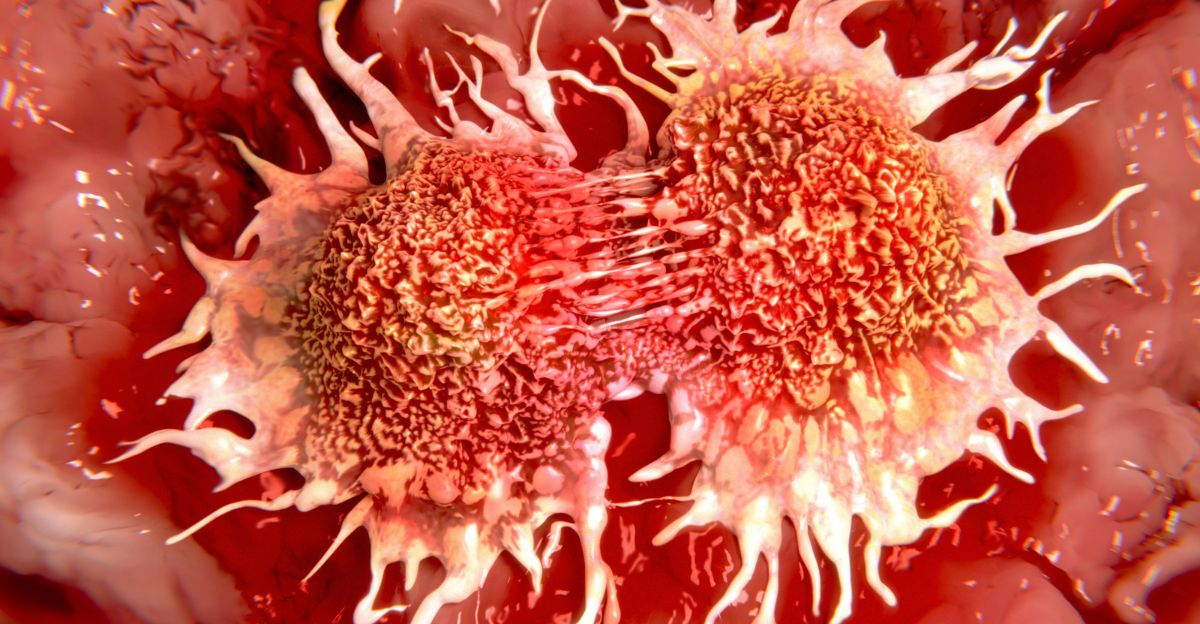
Mesothelioma is a rare but very deadly cancer, usually caused by inhaling asbestos fibers. It most often attacks the lining of the lungs, but can strike other parts of the body too.
Studies show many people diagnosed with mesothelioma have no known exposure to asbestos except for long-term use of talc products.
Years of Lawsuits and Big Verdicts
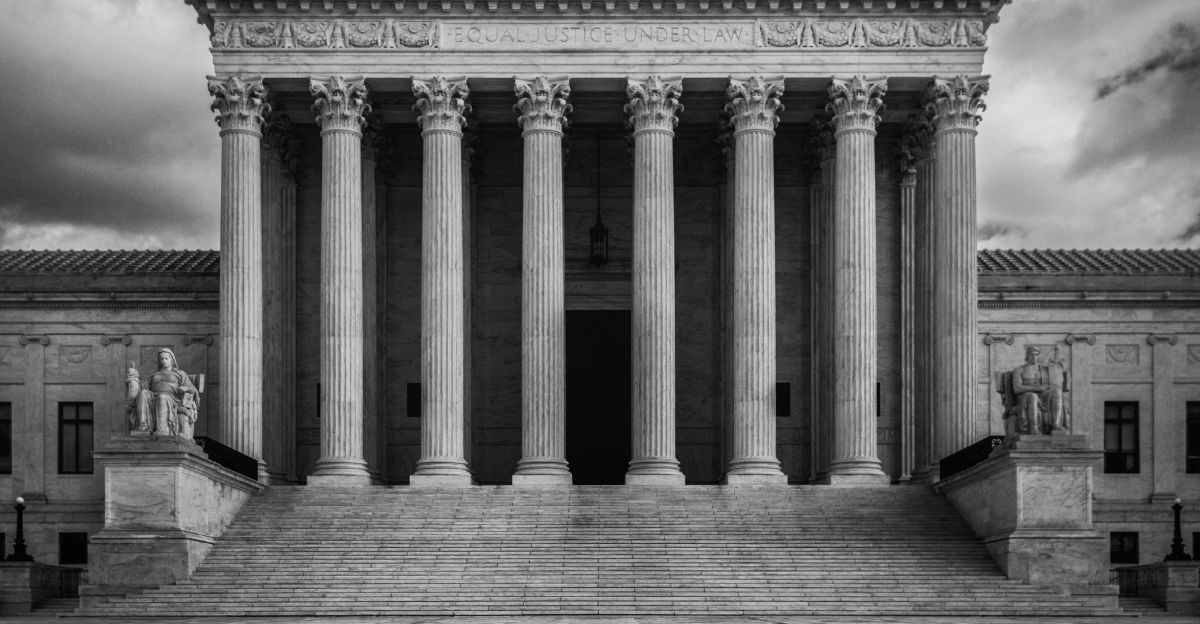
Mae Moore’s case is just the latest in a line of huge verdicts against Johnson & Johnson. In recent years, the company has lost multimillion-dollar cases, including a $42 million award in Massachusetts and similar verdicts elsewhere.
Most of these cases point to allegedly hidden risks in the company’s baby powder. Internal company documents shown in court have fueled suspicions that J&J knew about these dangers for decades, according to investigative journalists.
No More Talc Baby Powder
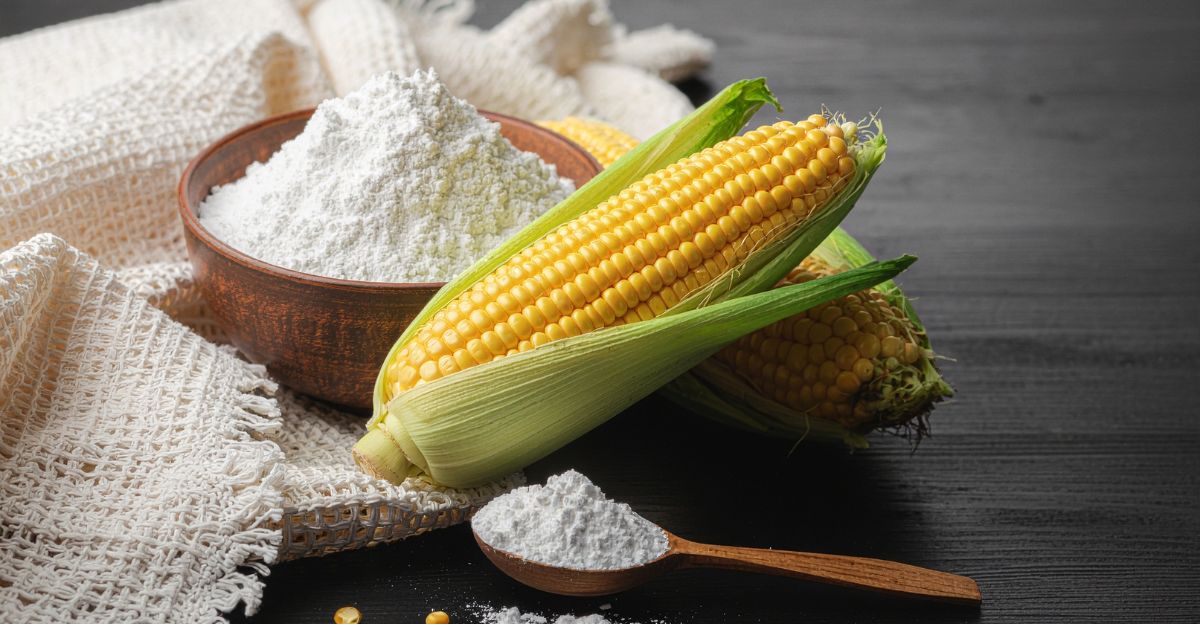
After the flurry of lawsuits and mounting pressure, Johnson & Johnson pulled talc-based powder from markets around the world in 2023. The company rolled out a cornstarch-based version globally, promising customers a return to safety and peace of mind.
Despite this shift, J&J stands by its original product and says the change was voluntary, not forced.
J&J’s Image in Turmoil
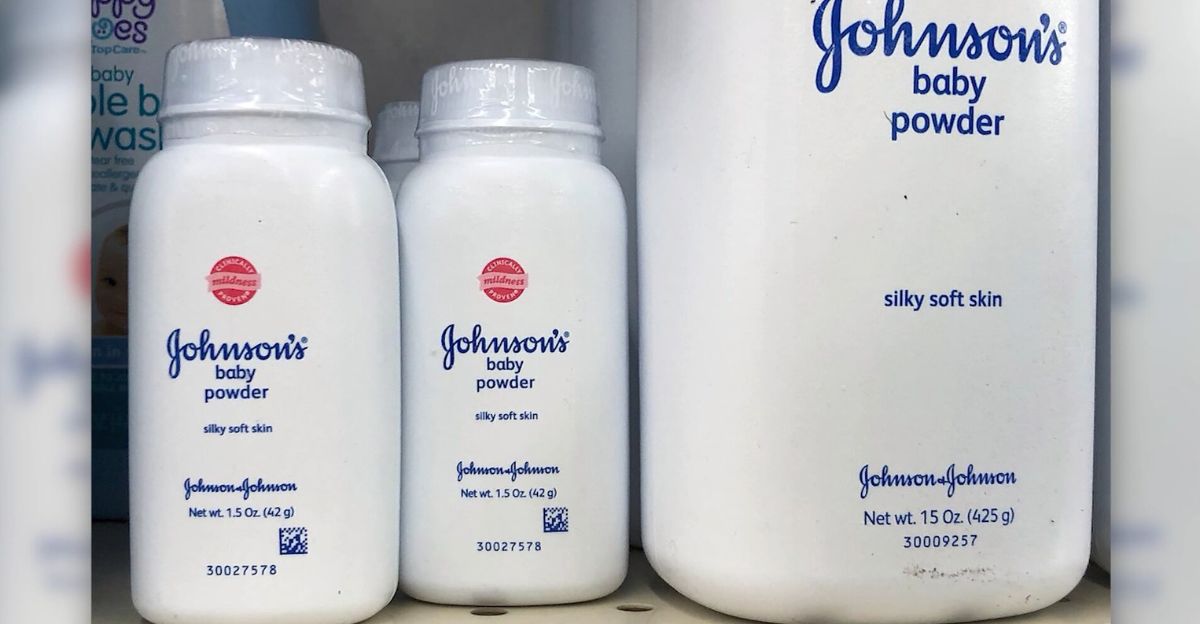
Johnson & Johnson was once known for gentle, family-friendly products. Now, the baby powder scandal threatens to overshadow decades of goodwill. Consumer trust has plummeted as news spread about possible asbestos contamination.
Restoring public confidence will be an uphill battle, and the company’s future may depend on how it responds moving forward.
The Long Road of Appeals
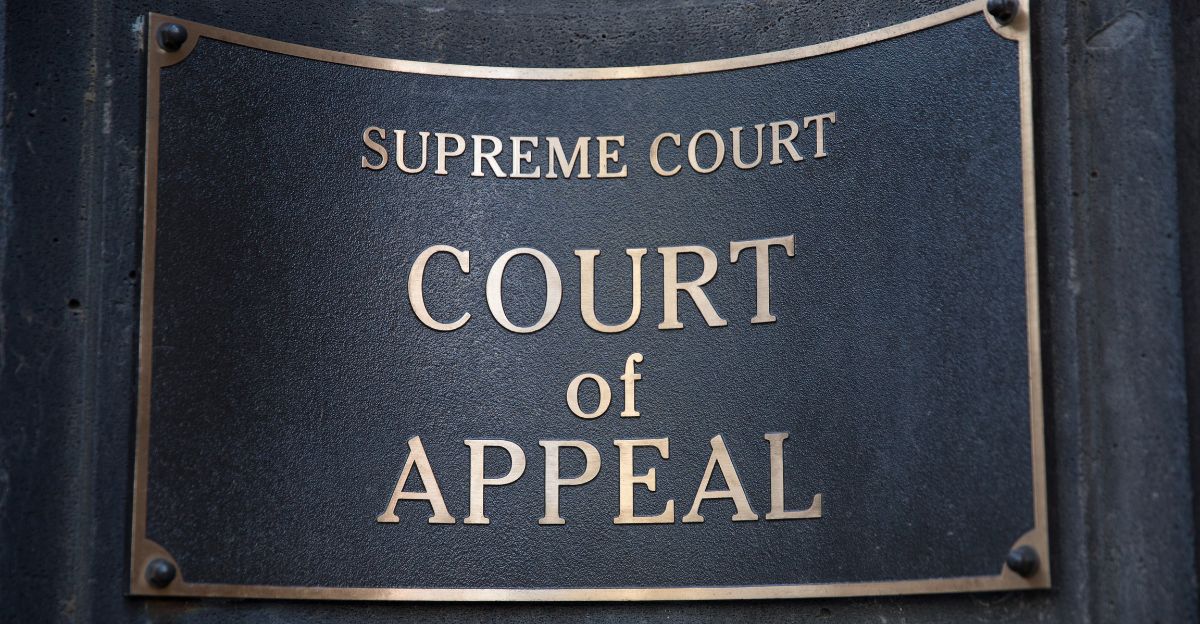
Legal experts predict Johnson & Johnson will spend months, if not years, in court appealing the verdict. Major companies often challenge big-dollar decisions, hoping to lower the payout or overturn the result.
Appeals will focus on both the science and the fairness of the trial. Meanwhile, other families watch anxiously, hoping their own cases will lead to justice.
How This Case Could Change the Industry
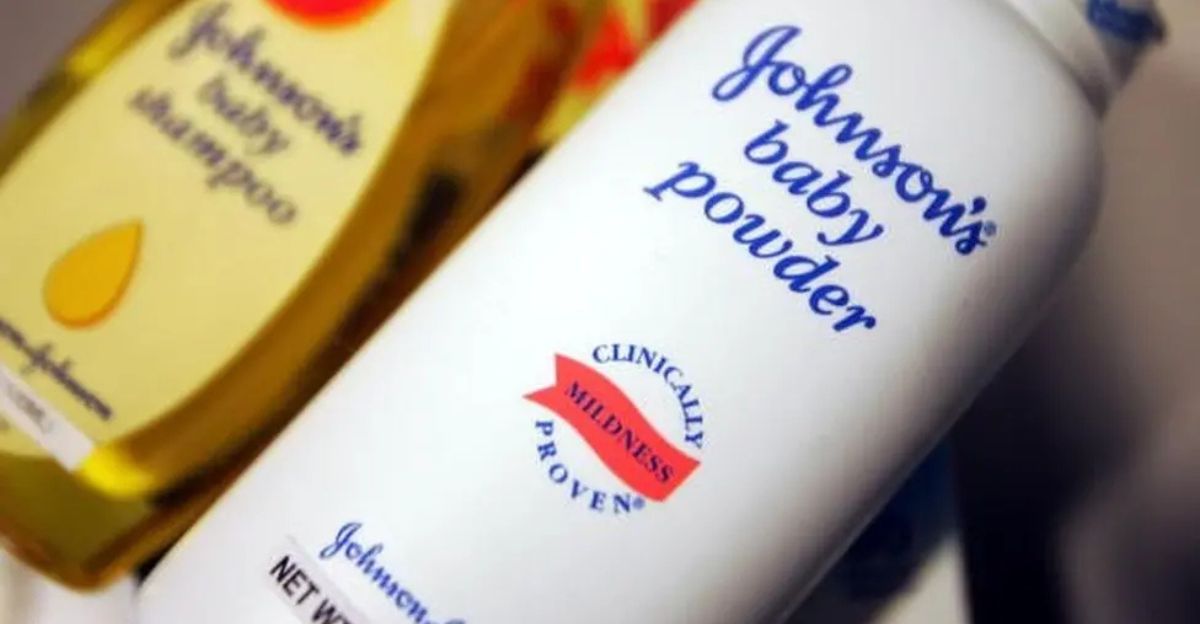
The California court’s decision could have ripple effects far beyond Johnson & Johnson. Other companies that use talc in cosmetics and healthcare products are taking notice, and might have to strengthen safety checks or alter their labels.
Regulators could also tighten rules about testing for asbestos. The entire beauty and health industry is watching closely, nervous that they might be next.
A Verdict That Will Echo for Years
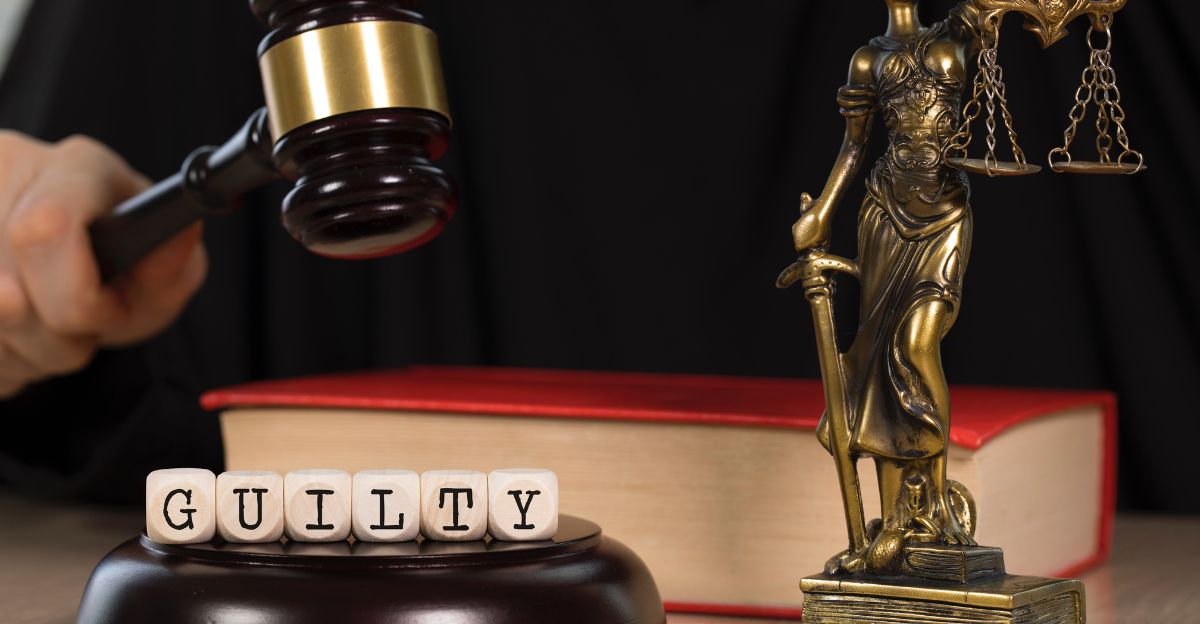
The Johnson & Johnson baby powder trial is now a landmark in legal and consumer safety history. The jury’s verdict will echo across boardrooms, courtrooms, and shopping aisles.
The case serves as a reminder that the products people use every day can have hidden risks, and when harm is done, ordinary people can force even the biggest companies to answer for it in court.